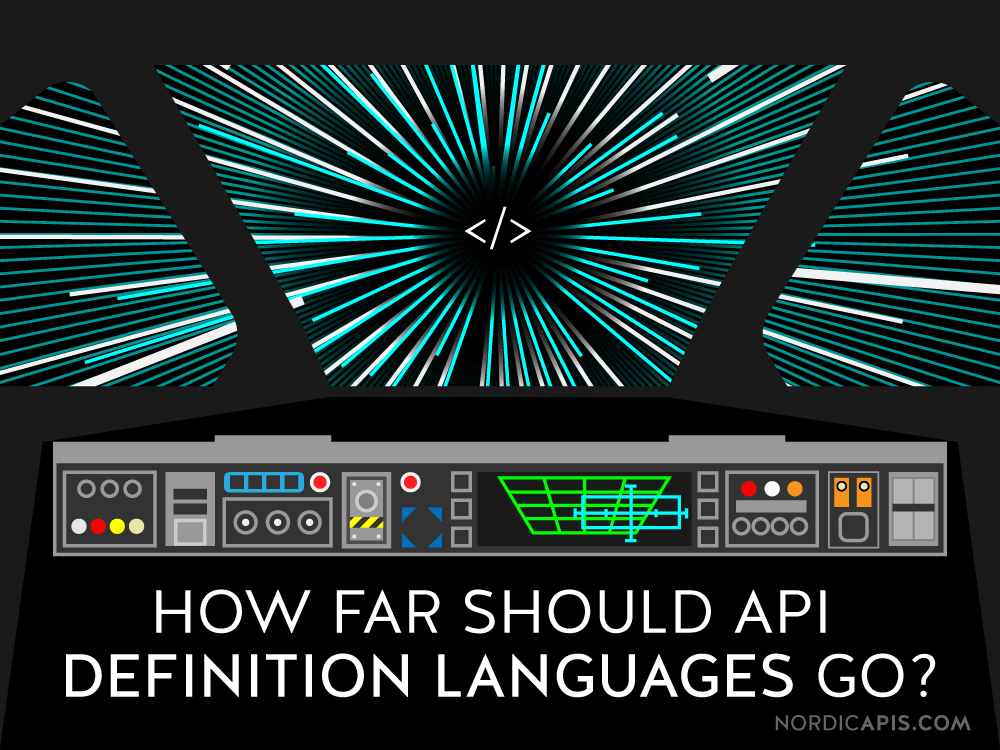Binge streaming web APIs with Ratpack, Cloud Ednpoints, App Engine Flex and Streamdata.io
At Devoxx last week, I had the chance to do a joint tools-in-action with my talented friend Audrey Neveu, titled Binge streaming you Web API:
In a fast-paced fashion, to keep you awake after long University sessions, Audrey and Guillaume will set you up to create a Web API using Google Cloud Endpoints, and stream the content of the API in real-time with Streamdata.io. After a quick introduction to both technologies, they’ll build together both the backend and the front-end to interact live with the audience, through the Web or via a mobile app.
Read more...

